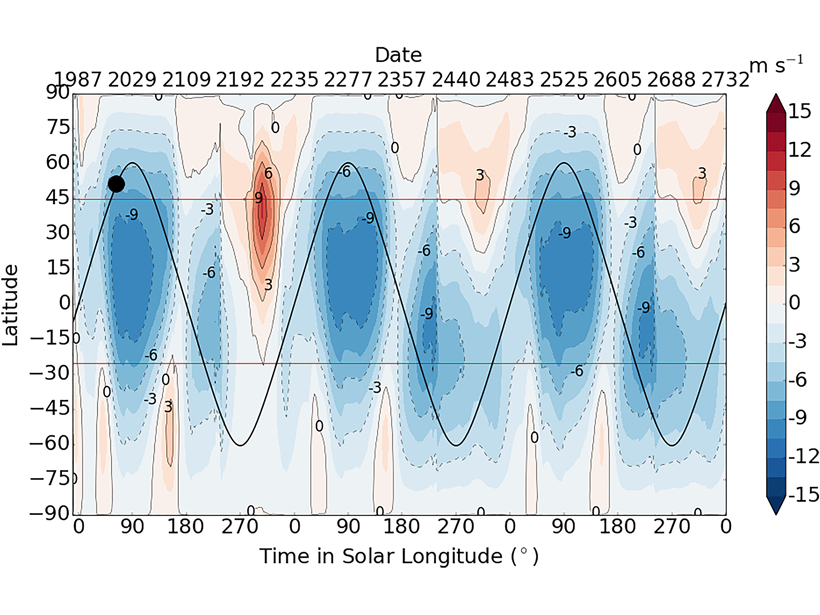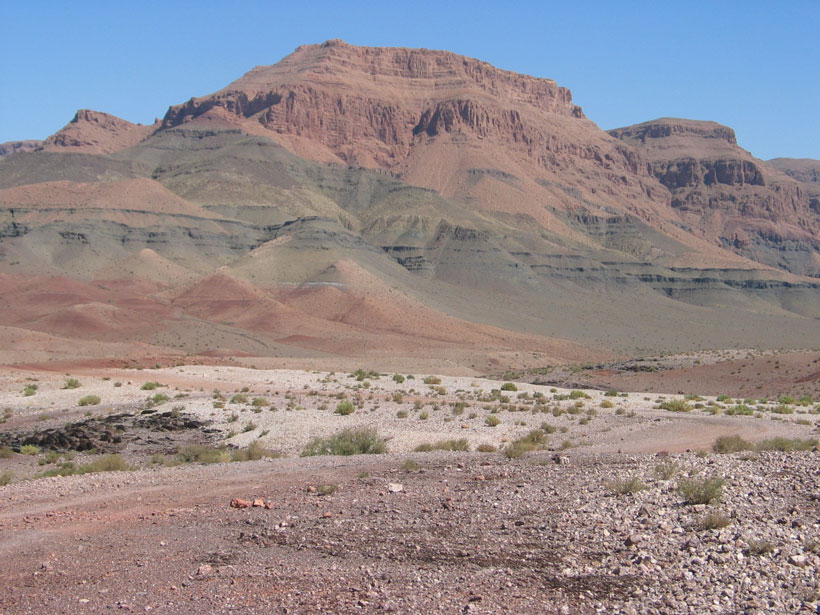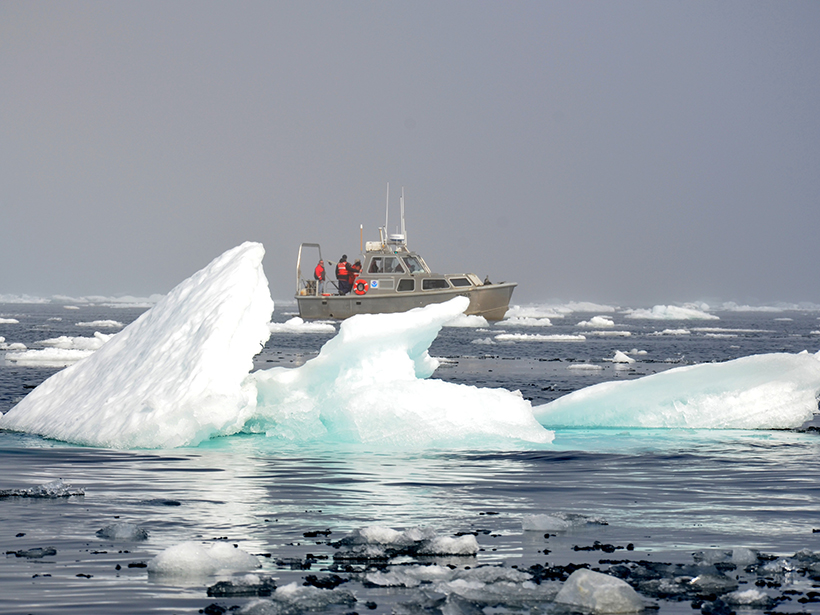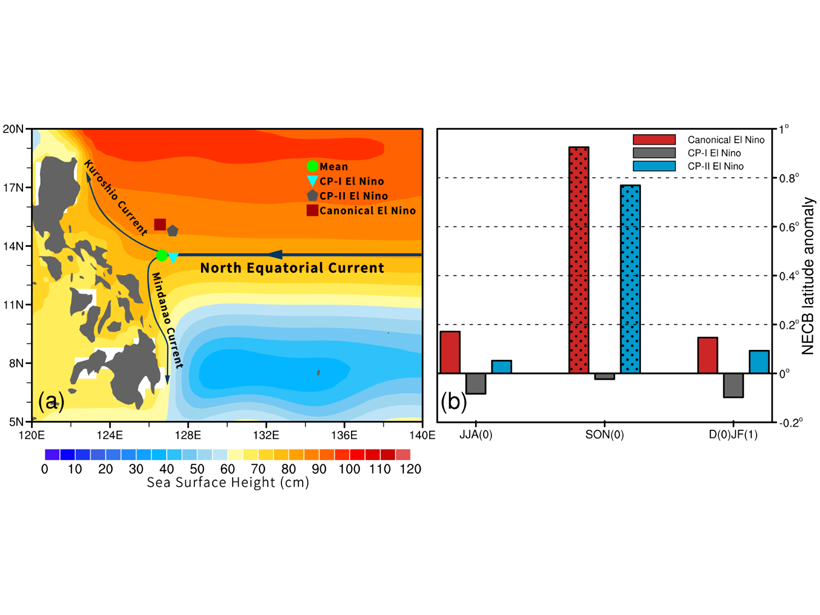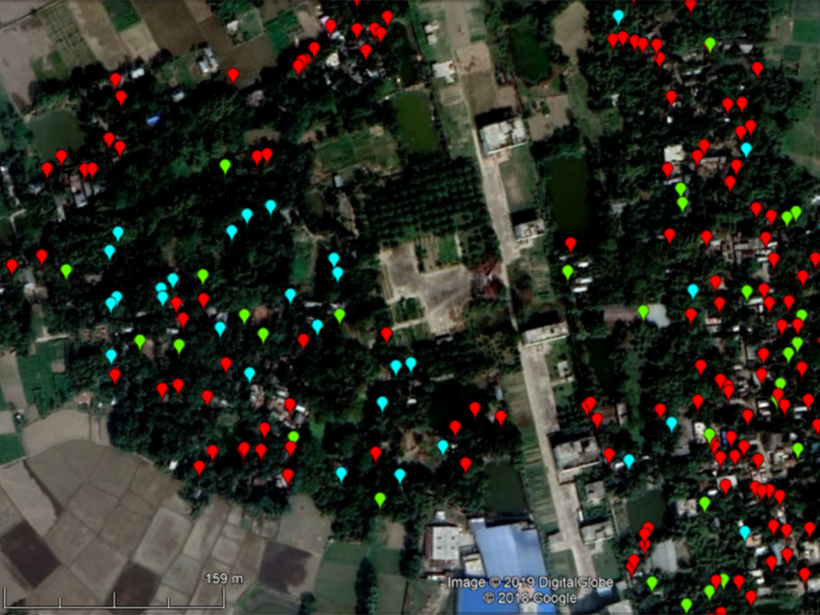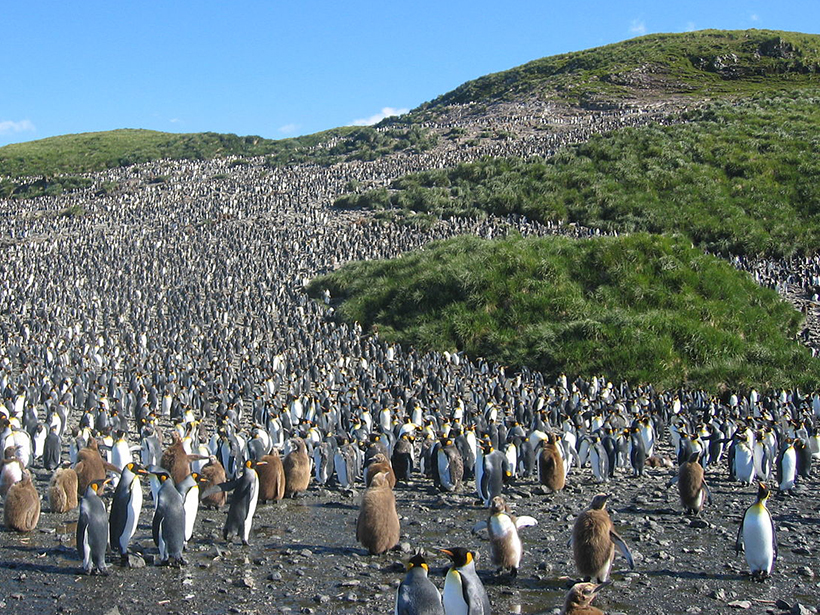As businesses, schools, and entire cities shut down to prevent the spread of the coronavirus, scientists have been forced to adapt to radically altered working conditions and data collection techniques.
CC BY-NC-ND 2020
A Subglacial Lake in Antarctica Churns Out Nutrients
Eight hundred meters below the West Antarctic Ice Sheet, microbes in subglacial Lake Whillans create organic carbon that helps power the Southern Ocean’s vast food chain.
Capturing Pluto’s Heartbeat in a Computer
Unprecedented global climate model simulations, incorporating observational data from the New Horizons mission, reveal atmospheric circulations driven by a large ice cap on Pluto.
How Modern Emissions Compare to Ancient, Extinction-Level Events
Researchers find that a pulse of volcanic activity spanning several hundred years released as much carbon dioxide into the atmosphere as anthropogenic emissions projections for the 21st century.
The Arctic Ocean May Not Be a Reliable Carbon Sink
The rapid changes happening in the Arctic Ocean, including increasing freshwater input, could dramatically affect its ability to store carbon.
Different El Niño, Different Paths of North Equatorial Current
Different types of El Niño have different impacts on the North Equatorial Current Bifurcation and can be extended to ocean circulations in the Pacific and the global climate system.
Ancient Impact’s Seismic Waves Reveal Pluto’s Ocean, Core
By modeling the waves produced by a massive, ancient impact, scientists have begun to unlock the secrets of Pluto’s interior.
New Classification System for Lakes Forecasts a Warming Trend
Researchers devised a system of nine thermal categories for lakes and estimate that 79% of northern frigid lakes could become warmer types.
Fresh Approaches to Protecting Human Health from Pollution
New low-cost monitoring and mapping techniques can identify multiple pollution sources and reduce related human disease and death.
How Climate Science Is Expanding the Scale of Ecological Research
Tools developed for climate science can help researchers forecast ecological dipoles: the contrasting effects of climate on populations separated by thousands of kilometers.



